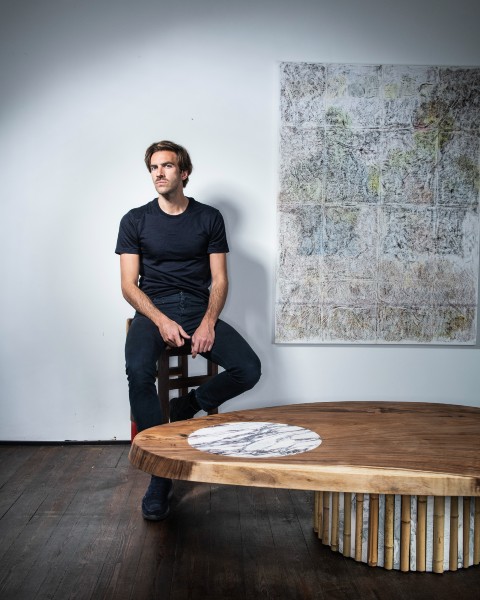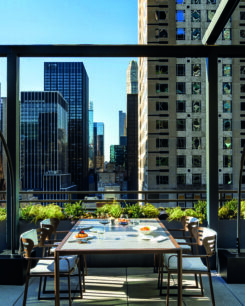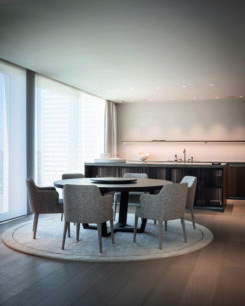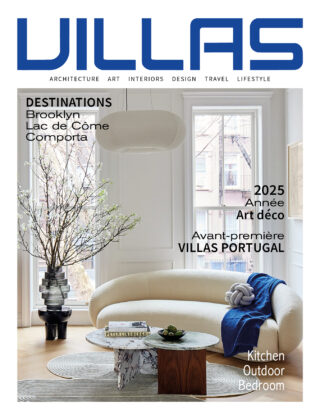What are your services in terms of interior architecture and design?
I specialize in both interior architecture and furniture design and work mainly with salvaged materials – old floors, marble slabs, 20th century furniture elementsème that I recover and combine with elements that I custom design for the client. My own creations are exhibited at events and in galleries. I am particularly interested in noble materials such as natural stone and fine woodwork, in order to contrast them with mineral materials and concrete, depending on the identity of each project.
What is your work process?
I regularly make sketches and drawings, which I store and add to this database, according to projects. For interior design, the first thought comes from the client. Then comes the exploration of the possibilities that the place offers before its renovation: circulation in the space, opening of the rooms, existing building, presence of extensions like contemporary verandas…
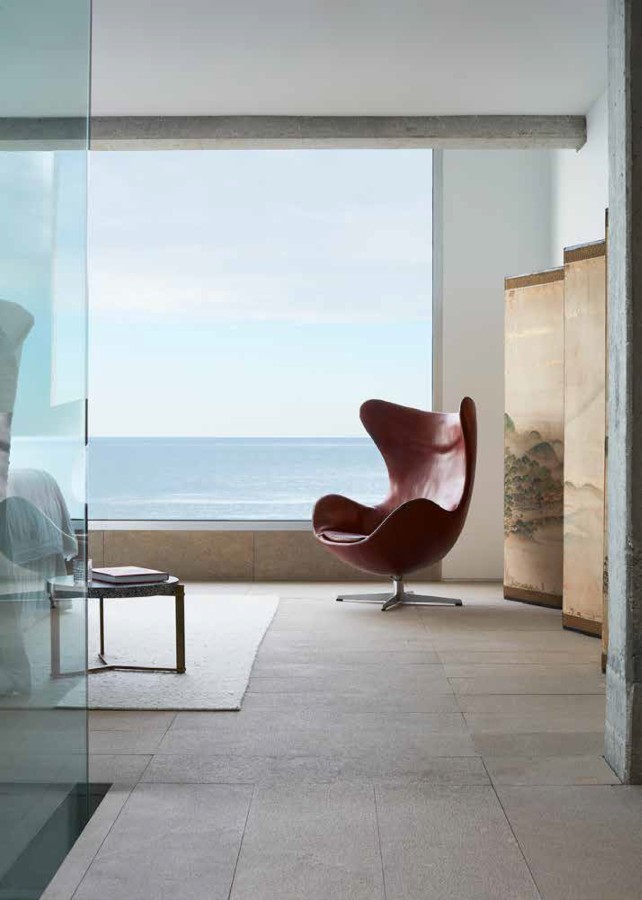
Sébastien Capurosso
How does an interior project by Sébastien Caporusso start?
The first meeting is open to the client’s wishes. My first proposal is defined from his needs, my vision and my own experience. This first proposal is completed, which will allow the client to have a concrete overview of the project and to make choices.
Do you offer services for the whole house?
My practice was, at first, concentrated on the renovation of certain rooms of the house like the living room and the dining room. This has gradually expanded to the whole house. My projects are now more extensive: large apartments, contemporary villas, my expertise is no longer limited to one-off interventions. I deliver complete projects, down to the smallest details (choice of floors, wall and ceiling colours, but also door handles, switches…).
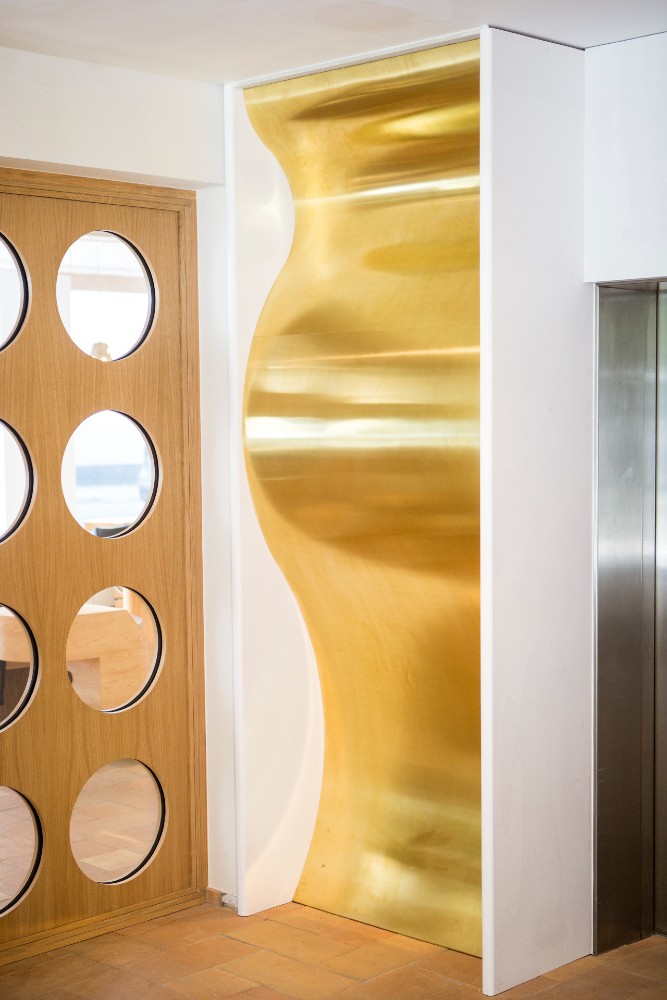
Sébastien Capurosso/Photo: Sam Gilbert | Silversquare Europe
What is your signature achievement?
A second home I built in Spain five years ago. In retrospect, I see this project as a personal reflection on contemporary architecture. The house has monumental concrete elements, cast on site. The selection of modern and contemporary furniture is precise and also very important.
How are your favourite materials evolving?
They are more mineral. Since this project in Spain, my desire is to carry out works in woodwork—walls, ceilings, furniture elements, in a new reflection.
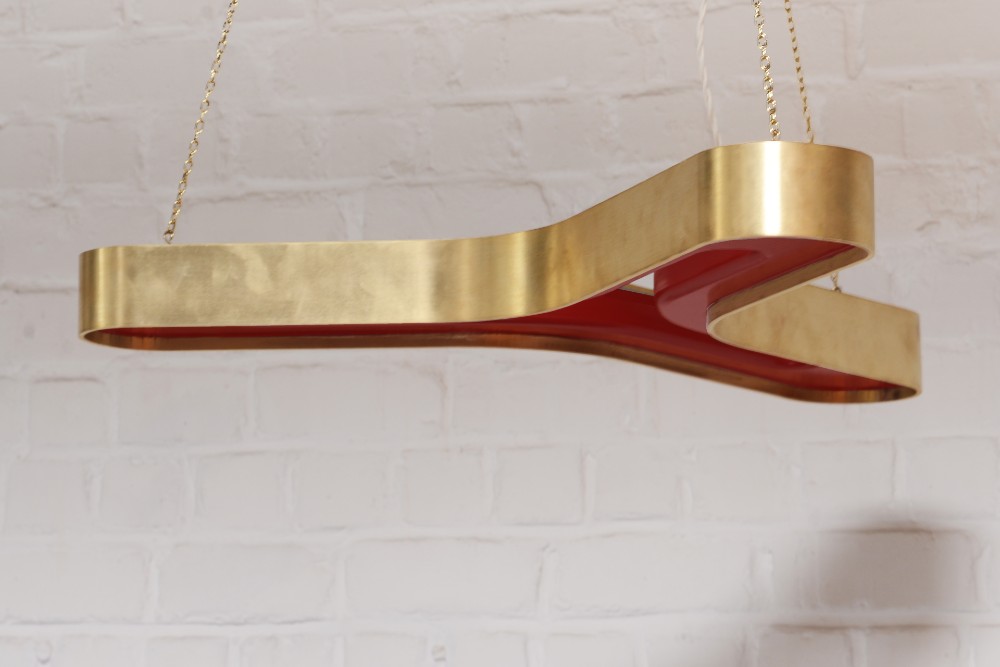
Sébastien Caporusso
How do you respond to current trends for environmental preservation in building while maintaining the sense of your practice?
I always offer the client the possibility of keeping certain parts of the house that are going to be renovated, while respecting current environmental standards and even aesthetic trends to which my clientele may be susceptible. Today, we insulate better and we know how to recover the best of the old elements, even those which are hidden or have been deteriorated during previous renovations. This research is sometimes very important for certain projects. It is part of a global reflection. The final objective is always functionality, aesthetics and durability, but also the preservation of the architectural heritage. I try to think for the long term.
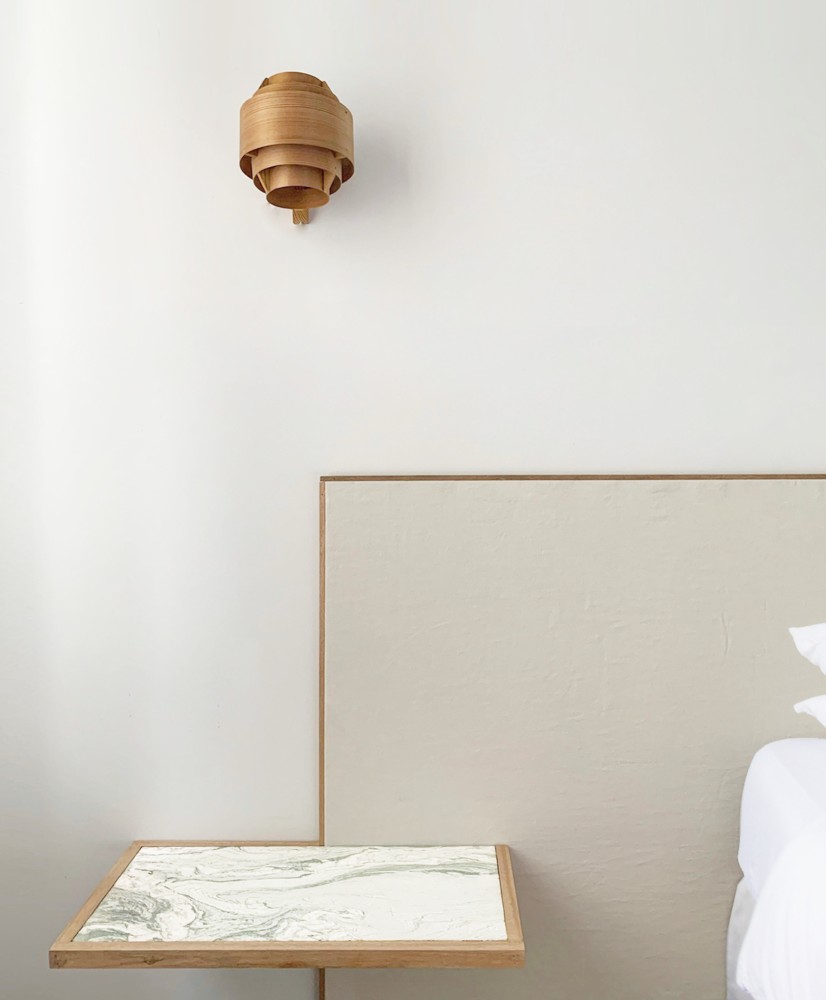
Sébastien Caporusso
Each of your projects in Belgium is carried out with local craftsmen. How do you work abroad?
I also work with locally selected trades. Each project is accompanied by a real “casting” of craftsmen. For a current project, located between Barcelona and Valencia, I have chosen workshops specialized in lime paint and terracotta. The respect of the know-how and techniques according to each region of intervention is essential.
Do you prefer custom-made furniture to new furniture?
I work mainly on commission and I favour the conception of custom-made furniture to the purchase of industrial design products. In my projects, I combine custom-made furniture (kitchen furniture, dining room tables, bathrooms or dressing rooms) with 20th century furniture èmeacquired at auctions or from specialized gallery owners. For contemporary design, I like to collaborate with the Spazio Nobile gallery in Brussels, with whom I develop specific projects.
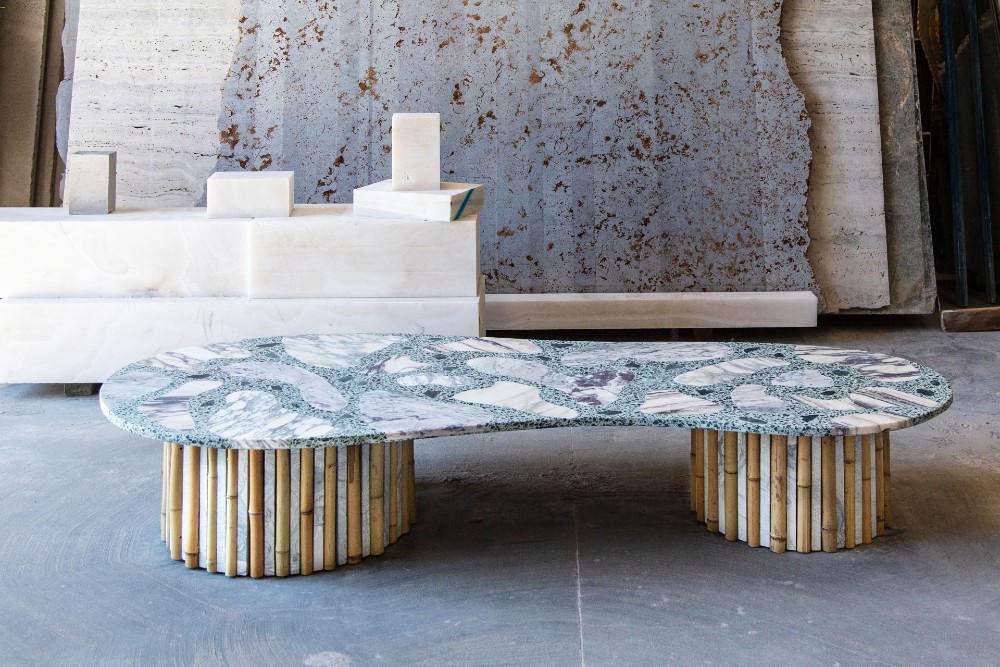
Sébastien Capurosso/Photo: Margaux Nietance | Project for Spazio Nobile
You also work with contemporary artists.
I am very interested in the unique aesthetic of this type of collaboration and its status between furniture and artwork. The photographer and visual artist Etienne Courtois, who mixes photography, painting and graphic design, is one of the artists I recently worked with to design a piece of furniture on which he made a pictorial intervention printed on wood and painted.
Are you familiar with new technologies applied to housing, such as composite materials?
New materials and design methods are rather foreign to me, except for laser or water cutting, which allow me to obtain organic forms from natural stones or marble. It is the work on the single pieces and in an artisanal way which characterizes the forms of “my innovation”.
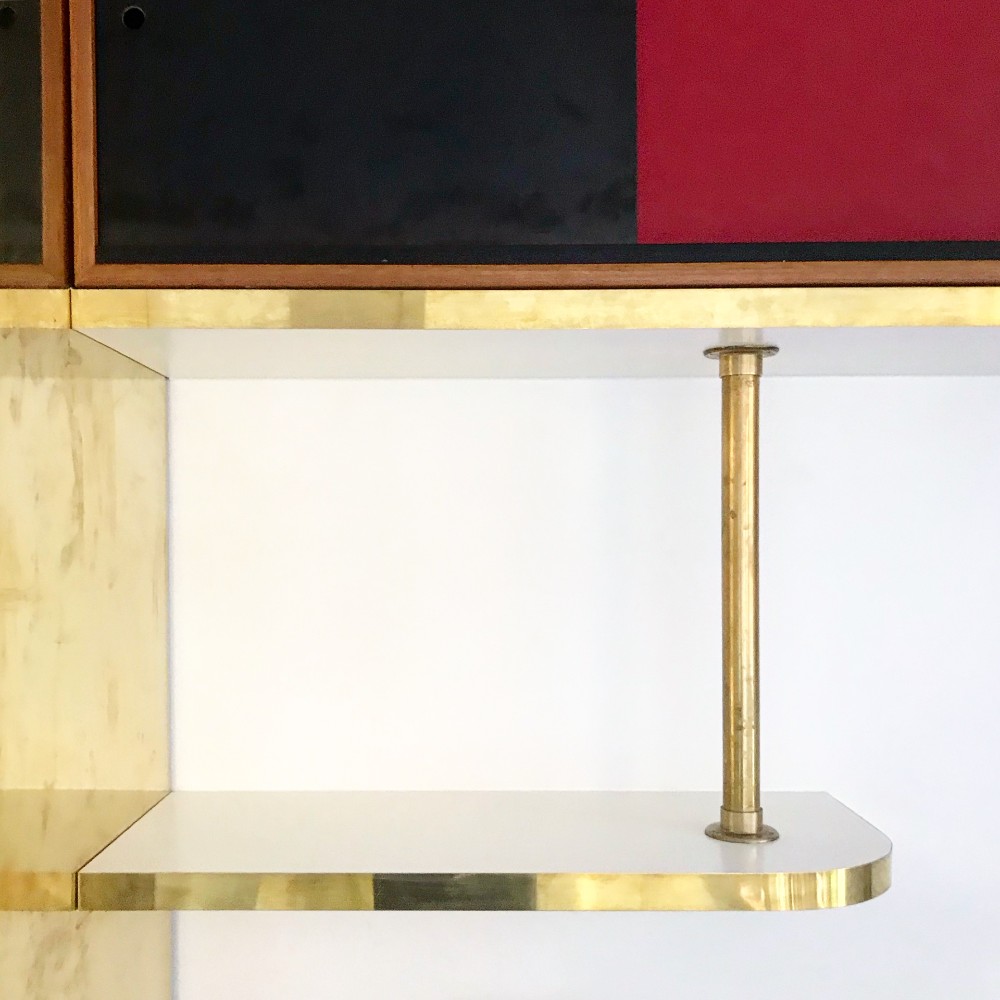
Sébastien Caporusso
And the integration of outdoor into indoor?
It is becoming more and more important in my work because the projects I carry out now depend on large exterior volumes where the environment and the perspectives are in the foreground. The destiny of a house or a villa depends on the exterior as well as the interior.
What is your favorite room in the house?
I have always liked designing kitchens, because this room of the house allows for wide-ranging aesthetic and technical interventions. In the best of cases, I don’t make a clean sweep of the past and I integrate old elements with new ones. I am currently working on a house in Uccle, where the kitchen dates back to the 1940s (the year the property was built) and is being renovated as if it had naturally evolved over time, with various additions of materials for the facades, a new worktop…
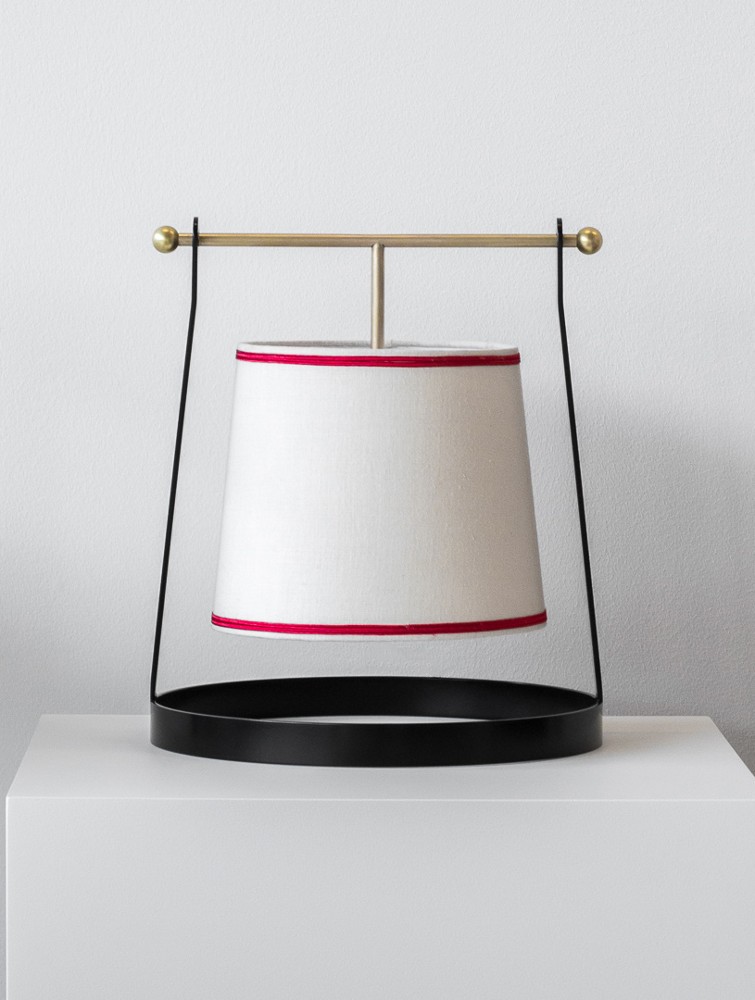
Sébastien Caporusso/Photo: Jeroen Verrecht
What does your house look like?
It is a house from 1929. A typical house in the real estate landscape in Brussels. Its volumes are very pleasant. I renovated it as my business evolved. The design pieces I draw, finished products or prototypes, often pass through my house, which allows me to adapt them before launching the final production.
